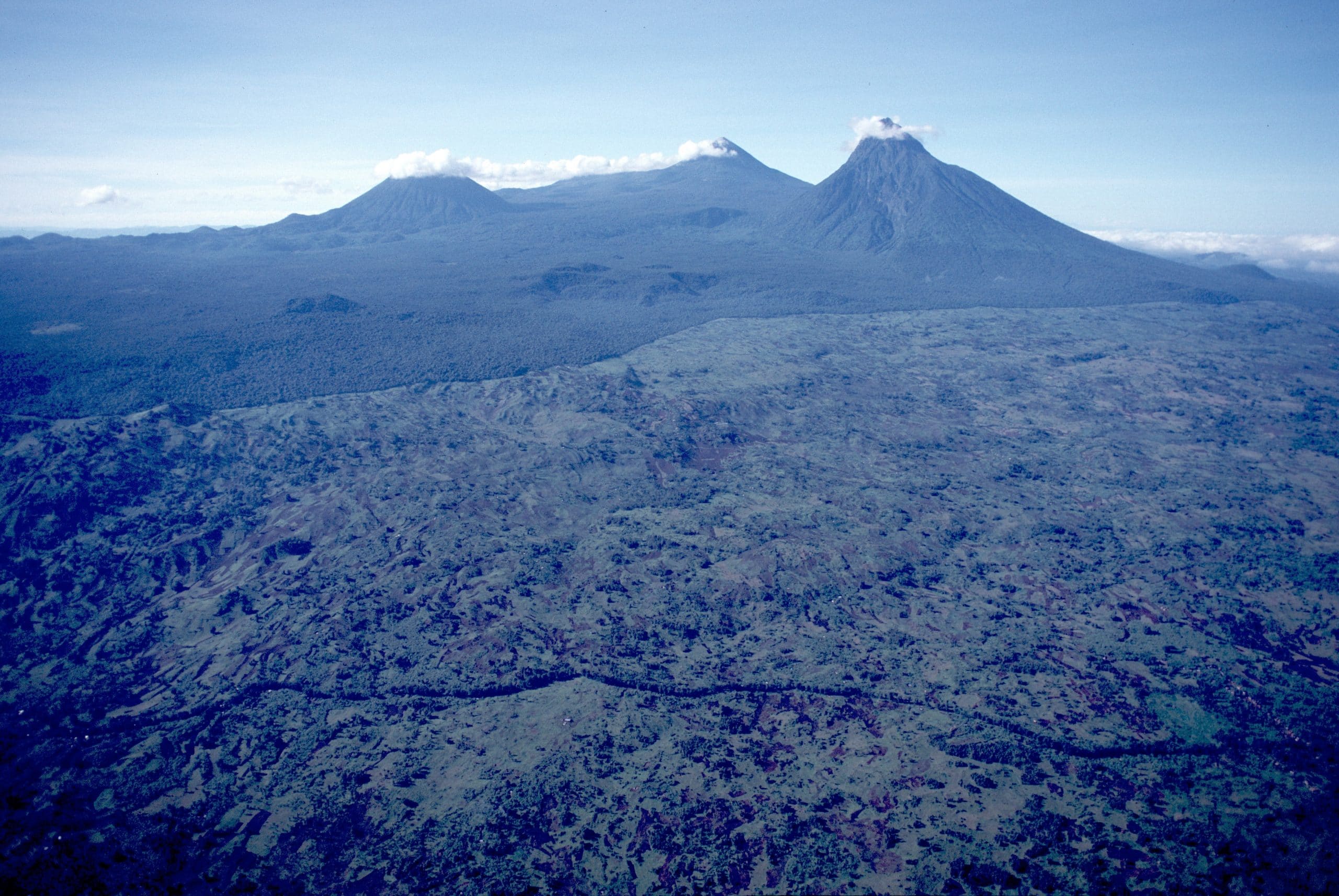
The overriding threat to ape survival is habitat loss through logging, extractive operations, and agricultural expansion, mostly driven by human population growth and the concomitant demand for food and other products. Hunting and disease also pose significant threats to apes, especially in landscapes where their proximity to humans is increasing.
To be effective, conservation interventions in critical ape habitats must be informed by evidence and lessons drawn from long-term engagement. They must also reflect geographical scale and political and economic contexts. Where monitoring has been patchy, inconsistent, or interrupted for long periods, such as in the case of the silvery gibbons in Indonesia, the knowledge base is correspondingly inadequate, making it difficult to design appropriate interventions.
Ape populations are slow to recover from any drop in numbers due to their long interbirth intervals. Certain apes, such as the orangutans in Sabangau Forest in Central Kalimantan, Indonesia, are able to adapt to some extent to disruption and loss of habitat, as long as the forest is allowed to regenerate at the end of the economic activity. Since previously logged forests can potentially support healthy orangutan populations, they should not be dismissed as degraded or designated for alternate land uses. Well-managed, low-intensity logging has far less of an impact on apes than uncontrolled, high-intensity logging.
